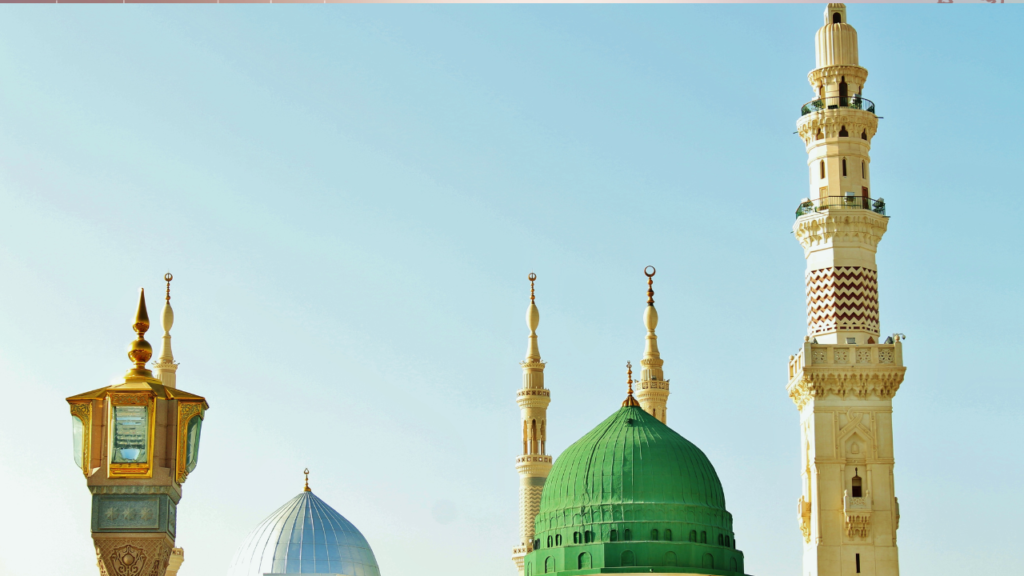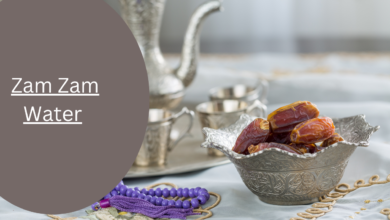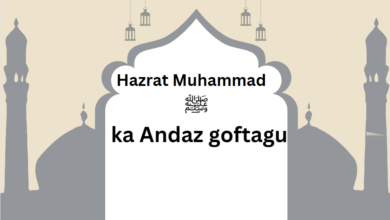
Sawda bint Zaman
Sawda bint Zam’an was a companion of the Prophet Muhammad (peace be upon him) and one of his wives. She played a significant role in the early days of Islam.

Introduction
Sawda bint Zam’an, a prominent figure in Islamic history, is often overshadowed by the more well-known companions of the Prophet Muhammad (peace be upon him). However, her life and contributions to early Islam are a testament to the strength, resilience, and devotion of Muslim women in the formative years of the religion. Sawda’s story is one of faith, sacrifice, and unwavering commitment to the teachings of Islam.
Early Life
Sawda bint Zam’an was born into the noble tribe of Quraysh, making her a member of a prestigious and respected family in pre-Islamic Arabia. Little is known about her early life, but her name would become eternally linked with the emergence of Islam in the Arabian Peninsula.
Also check.
- Why did Islam Spread So Quickly?
- Why Does Allah Test Us?
- What is Gambling in Islam?
- What is Interest in Islam?
- What is Hell in Islam?
Marriage to the Prophet Muhammad
Sawda’s life took a momentous turn when she became the wife of the Prophet Muhammad. This union occurred in the aftermath of a significant event in the life of the Prophet: the death of his first wife, Khadijah bint Khuwaylid, and his uncle, Abu Talib. Sawda’s marriage to the Prophet was a selfless act of devotion. She was a widow at the time, having been previously married to Al-Sakran ibn Amr. By marrying the Prophet Muhammad, she sought to provide him with comfort and companionship during a period of profound personal loss and hardship.
Sawda’s role as a wife was not limited to emotional support; she actively participated in spreading the message of Islam. Her marriage to the Prophet served as a powerful example of the acceptability of polygamy in Islam, demonstrating that it could be a compassionate and practical solution in certain circumstances.
Emigration to Abyssinia
Sawda was one of the early Muslims who endured the persecution and hardships faced by the nascent Islamic community in Mecca. In 615 CE, following the Prophet’s instructions, she and her husband, along with a group of other Muslims, sought refuge in Abyssinia (modern-day Ethiopia) to escape the oppression of the Quraysh. This migration demonstrated Sawda’s commitment to her faith and her willingness to make personal sacrifices for the sake of Islam.
Return to Mecca
After a few years in Abyssinia, Sawda and her husband, along with other Muslims, returned to Mecca. Despite the continued persecution of the Muslim community, they remained steadfast in their beliefs. It was during this period that the Prophet Muhammad received the divine command to publicly proclaim the message of Islam. Sawda and her husband played an essential role in the early propagation of the faith.
Migration to Medina
As the persecution in Mecca intensified, the Prophet Muhammad received permission from Allah to migrate to the city of Yathrib, which later became known as Medina. Sawda, along with her husband, was among the early emigrants to Medina. In this new city, the Muslim community began to flourish, and Sawda continued to support her husband and the Muslim cause.
Later Life and Legacy
Sawda bint Zam’an lived a life marked by her dedication to Islam and her unwavering support for the Prophet Muhammad. She remained married to the Prophet until his death in 632 CE. After his passing, she continued to serve the Muslim community and provided guidance and knowledge to those who sought it.
Sawda’s legacy is one of selflessness, devotion, and resilience. She is remembered as one of the unsung heroes of early Islam, a woman who played a vital role in the establishment and propagation of the faith but often goes unnoticed in the pages of history. Her life serves as an inspiration for Muslim women today, reminding them of the crucial role they can play in the advancement of Islam and society at large.
Conclusion
Sawda bint Zam’an’s life is a testament to the profound impact that ordinary individuals can have when they commit themselves to a noble cause. Her unwavering faith, dedication to the Prophet Muhammad, and her willingness to make personal sacrifices for the sake of Islam make her a remarkable figure in Islamic history. Sawda’s legacy serves as a reminder of the vital role that women have played throughout history in shaping the course of Islam and the world.

FAQs
Who was Sawda bint Zam’an?
Sawda bint Zam’an was a companion of the Prophet Muhammad (peace be upon him) and one of his wives. She played a significant role in the early days of Islam.
When and where was Sawda bint Zam’an born?
The exact date and place of her birth are not well-documented in historical records, but she was born into the noble tribe of Quraysh in pre-Islamic Arabia.
How did Sawda bint Zam’an become a wife of Prophet Muhammad?
Sawda became a wife of the Prophet Muhammad after the death of her first husband. She married the Prophet Muhammad during a period of personal loss for him to provide him companionship and support.
Did Sawda bint Zam’an have children with the Prophet Muhammad?
There is no historical evidence to suggest that Sawda had children with the Prophet Muhammad. However, she is known for her devotion and commitment to the Muslim community.
What role did Sawda bint Zam’an play in early Islamic history?
Sawda played a crucial role in supporting the Prophet Muhammad during the early years of Islam. She endured persecution in Mecca, emigrated to Abyssinia, and later migrated to Medina with the Prophet.
Why is Sawda bint Zam’an significant in Islamic history?
Sawda’s significance lies in her steadfastness and unwavering commitment to Islam and the Prophet Muhammad. She is remembered for her selflessness, sacrifice, and dedication to the faith.
Are there any specific events or stories associated with Sawda bint Zam’an’s life?
While not as prominently featured as some other companions of the Prophet, Sawda’s life is associated with her marriage to the Prophet Muhammad, her migration to Abyssinia, and her contributions to the early Muslim community.
What can we learn from Sawda bint Zam’an’s life today?
Sawda’s life serves as an example of selflessness, devotion, and resilience in the face of adversity. She is an inspiration for Muslims, especially women, to uphold their faith and make sacrifices for the greater good.
How is Sawda bint Zam’an commemorated in Islamic tradition?
Sawda is commemorated as one of the honorable wives of the Prophet Muhammad. While there may not be specific annual events dedicated to her, her life and contributions are often discussed and admired in Islamic scholarship and literature.
Where can I learn more about Sawda bint Zam’an’s life?
You can find more information about Sawda bint Zam’an in Islamic history books, biographies of the Prophet Muhammad, and scholarly writings on early Islamic history. Additionally, online resources and articles can provide further insights into her life and contributions.




